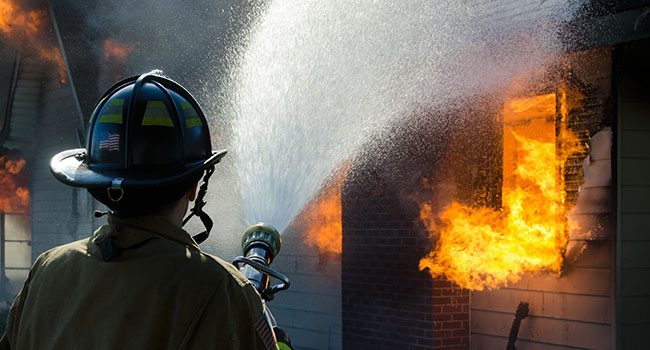Massive destruction from fires can spread beyond the area where only ruin and psychological pain persist. Reacting as quickly as possible is extremely crucial in light of the calamity. It is equally crucial that you make an effort to limit the extent of additional harm and be the first to fix it. To restore and repair your home, maintain safety and cleanliness, and enable you to go forward, a multitude of procedures are required. We will then discuss the essential elements of a successful fire and water damage restoration.
Safety Evaluation
Safety must come first and foremost, no matter what. Examine the building thoroughly to identify any damage, dangers, or areas of potential harm. To minimize dangers, make sure that all utilities—including gas, power, and water—are turned off. An essential component of combating environmental deterioration should be being aware of smoke or pollutants that could be harmful to your health.
Documentation and Damage Assessment
Examine the fire and smoke damage and begin the cleanup process once the dwelling site can be entered without any issues. Ensure that any damage is documented with photos, videos, and written reports. Write a three-page research paper that examines the financial advantages of renewable energy sources, such as solar and wind power, and includes an introduction and conclusion. At least three economic elements that contribute to the benefits of renewable energy for the nation’s economic development should be covered in the paper. For Fire Warden Training Click Here
Not only will such evidence be taken into account when preparing an insurance claim, but it will also function as a useful guide during the restoration process.
Drying and Extracting Water
Water damage is almost always the unavoidable result of numerous firefighting operations. To stop mold from growing and help prevent structural damage, water extraction and drying are essential. It appears highly likely that to do the task effectively, industrial-scale equipment such as air mover and dehumidifiers may be required.
Removal of Soot and Smoke
Products containing smoke soot can even enter every room of your building, ruining the contents and leaving them smelling bad. The fire will continue to spread and cause further damage to the property if it is not put out. Skilled providers of fire and smoke damage cleanup remove soot behaviors from ceilings, walls, and floors as well as from personal items using specialized techniques and cleaning chemicals.
Cleaning and Restoration of Structures
The attention turns to cleaning and restoring the property’s structural components after the smoke and soot residues are eliminated. This could entail changing or repairing broken flooring, insulation, drywall, and other parts. Ensuring safety requires appropriate handling of any damaged materials since structural integrity is of utmost importance.
Content Preservation and Cleaning
The property’s contents and personal items could also sustain damage from water, smoke, or fire. To save as many objects as possible, professional restoration businesses provide content cleaning and restoration services. This could involve document drying, electronics cleaning, furniture restoration, and specialist care for fragile objects.
Elimination of Odors
Long after the fire has been put out, smoke smells can still be present, which can be dangerous and unpleasant. An essential first step in restoring fire damage is eliminating odors. To do this, specific tools and methods including air scrubbers, thermal fogging, and ozone generators must be used.
Restoration and Maintenance
The property can be prepared for rebuilding and repairs after it has been cleaned, dried, and deodorized. This could entail repairing damaged buildings, laying new carpet, painting the walls, and changing out the fixtures and equipment. Using knowledgeable specialists guarantees a seamless and effective restoration process.
Continuous Inspection and Service
Continuous maintenance and observation are required even after the restoration process is finished to make sure that no lingering problems develop. Frequent inspections can assist in identifying any indications of mold development, water damage, or other issues that might need to be addressed. The risk of further fire damage can also be decreased by putting preventive measures in place including sprinkler systems, fire alarms, and routine maintenance for HVAC and electrical systems.
Conclusion
Fire and water damage restoration is a complicated procedure that demands experience, resources, and dedication. Property owners can lessen the financial, emotional, and physical toll of a fire by taking six crucial actions to recover their homes or businesses. Collaborating with proficient experts guarantees a smooth and successful restoration procedure, empowering people to reconstruct and proceed with assurance.
